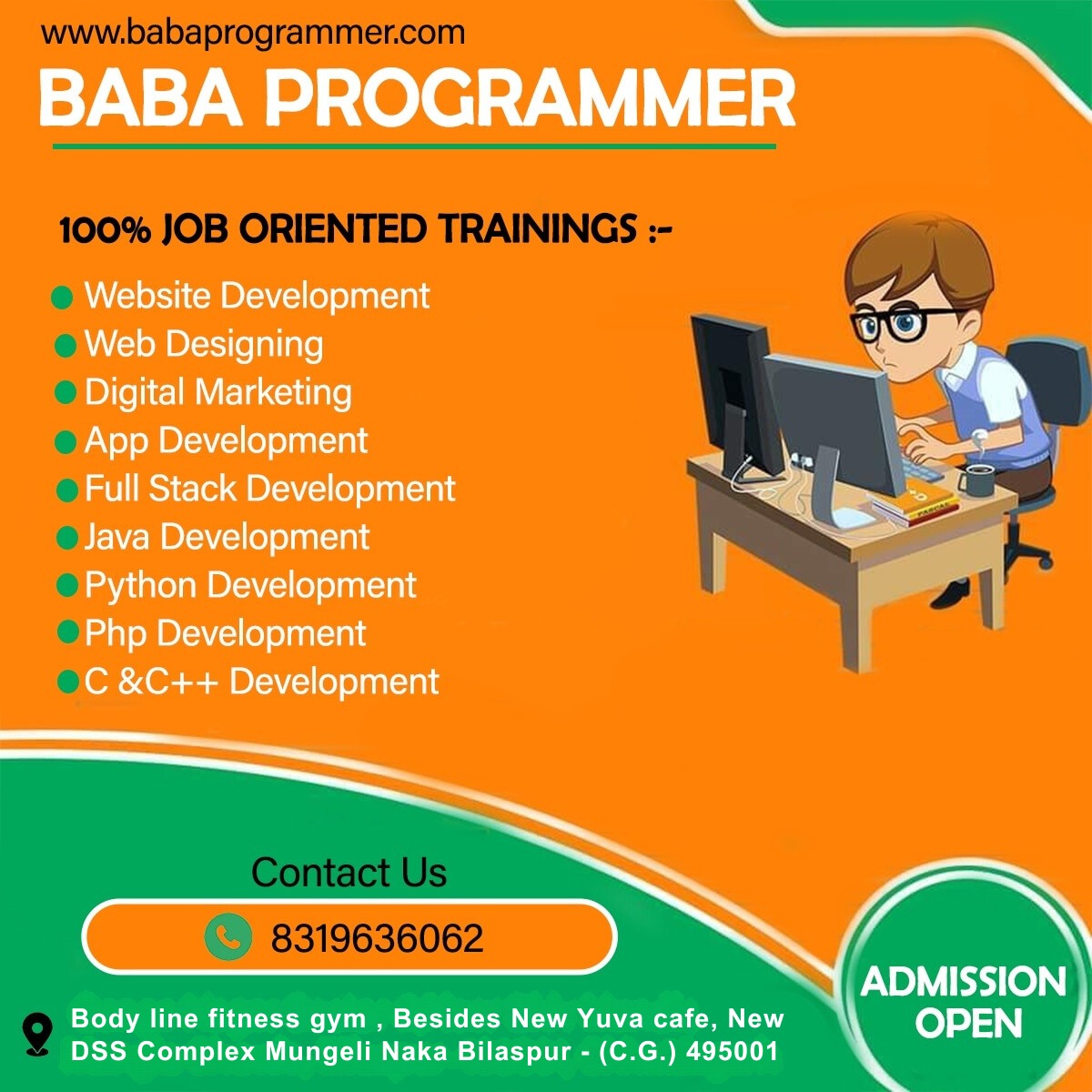Full-Stack Development Demand in the Job Market
Full-stack web development is a branch of software development that involves working on both the front end (client-side) and back end (server-side) of web applications. A full-stack developer is skilled in creating a complete web application from start to finish, involving both the visible parts users interact with and the hidden parts that handle data and logic. Key Aspects of Full-Stack Development: Front-End Development: Focuses on the user interface and user experience (UI/UX). This includes knowledge of: HTML/CSS: For page structure and styling. JavaScript: For interactivity and responsiveness. Frameworks/Libraries: Such as React, Angular, or Vue.js, which provide tools for creating dynamic user interfaces. Back-End Development: Focuses on the server, databases, and application logic. This involves: Programming Languages: Like JavaScript (Node.js), Python, Ruby, Java, or PHP. Databases: Such as MySQL, MongoDB, or PostgreSQL, to store and manage data. APIs: For connecting the front end to the back end, often using RESTful APIs or GraphQL. Server Management: Knowledge of cloud services, server environments, and version control tools. Full Stack Frameworks: Frameworks like Django (Python), Ruby on Rails (Ruby), and Express.js (Node.js) provide structured tools and libraries for end-to-end development
By Kamal Narayan Pandey
UPDATED: 2024-11-09

Full-stack web development is a branch of software development that involves working on both the front end (client-side) and back end (server-side) of web applications. A full-stack developer is skilled in creating a complete web application from start to finish, involving both the visible parts users interact with and the hidden parts that handle data and logic. Key Aspects of Full-Stack Development: Front-End Development: Focuses on the user interface and user experience (UI/UX). This includes knowledge of: HTML/CSS: For page structure and styling. JavaScript: For interactivity and responsiveness. Frameworks/Libraries: Such as React, Angular, or Vue.js, which provide tools for creating dynamic user interfaces. Back-End Development: Focuses on the server, databases, and application logic. This involves: Programming Languages: Like JavaScript (Node.js), Python, Ruby, Java, or PHP. Databases: Such as MySQL, MongoDB, or PostgreSQL, to store and manage data. APIs: For connecting the front end to the back end, often using RESTful APIs or GraphQL. Server Management: Knowledge of cloud services, server environments, and version control tools. Full Stack Frameworks: Frameworks like Django (Python), Ruby on Rails (Ruby), and Express.js (Node.js) provide structured tools and libraries for end-to-end development
